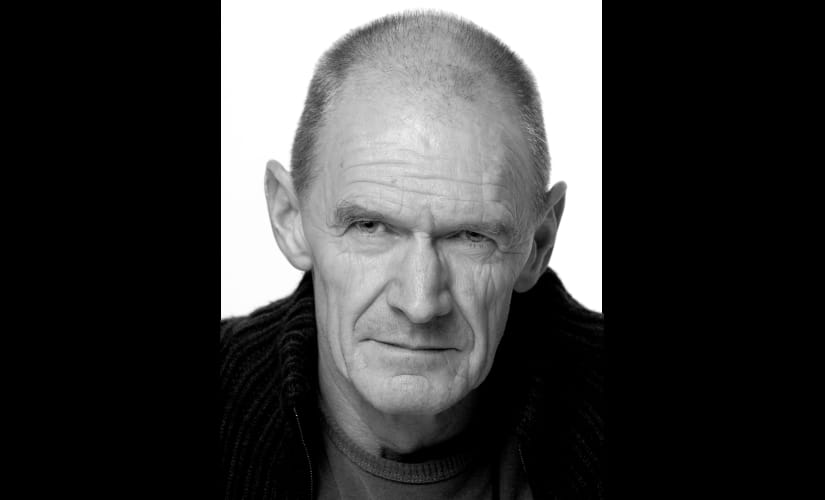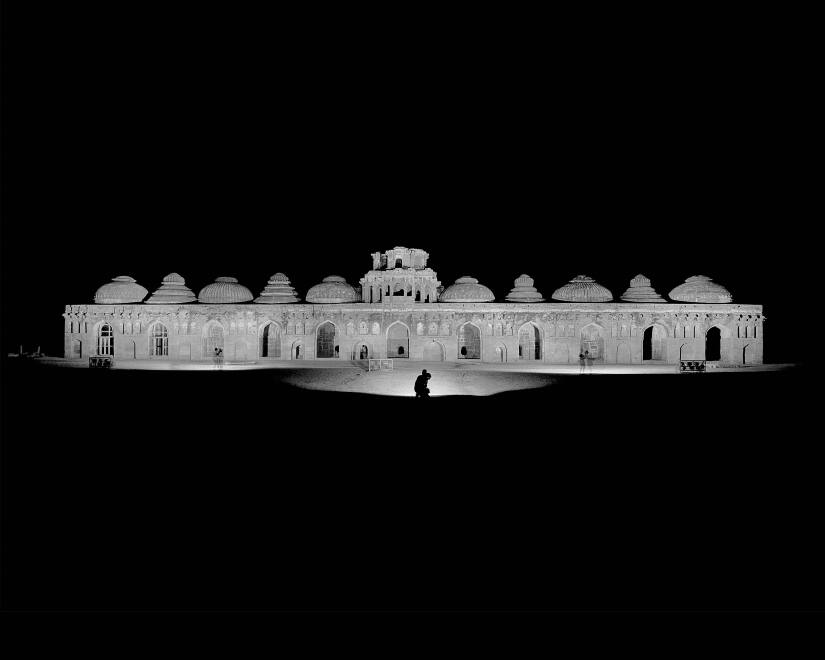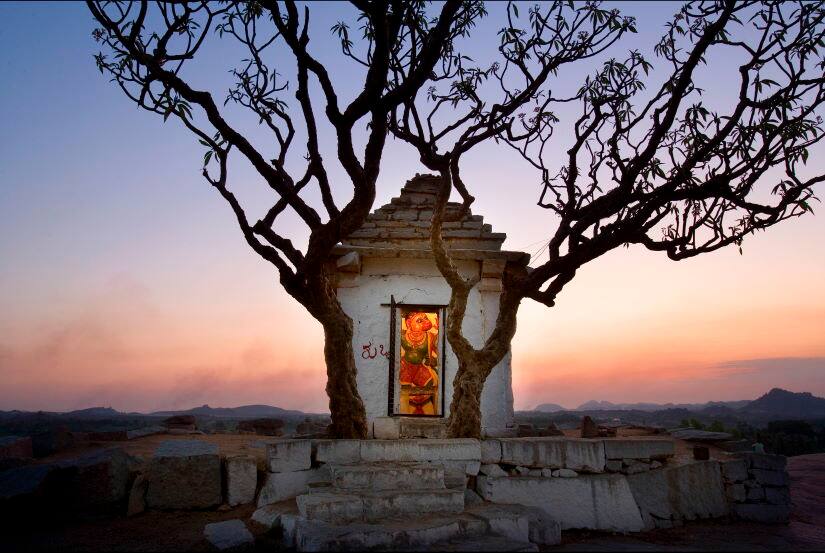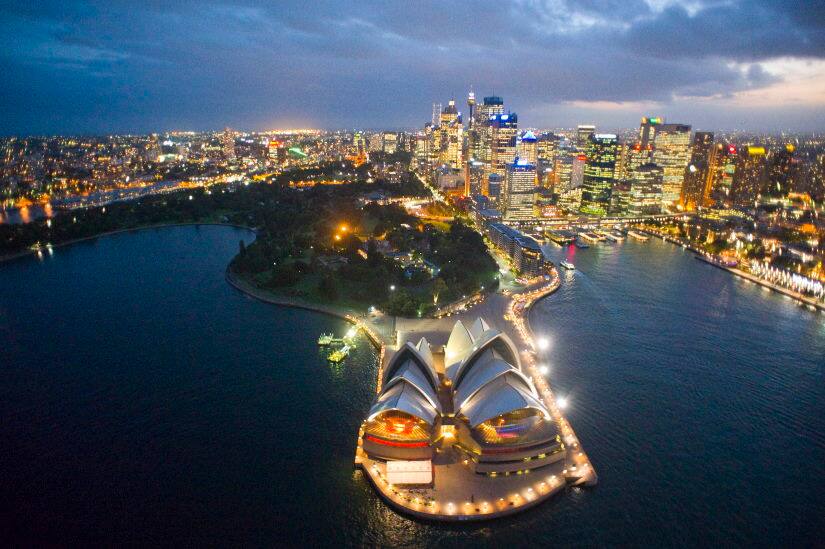In his career spanning over 50 years, Australia’s pre-eminent photographer of the built environment John Gollings has created a body of work that will go down in history. For five decades now, he has been bringing together his interests in photography and architecture to explore the cultural construction of social spaces. Gollings recently brought his Monash Gallery of Art (MGA) travelling exhibition, The History of the Built World, to India. The exhibition was displayed at Bangalore International Centre (BIC) as part of the second edition of Bengaluru ByDesign (BBD), a 10-day design programme. BBD is a platform for global creative dialogue, featuring strong participation from design professionals from across the world — to celebrate creativity, encourage design thinking and explore the innovations. Besides an expansive portfolio of commercial work, Gollings has always engaged in projects related to architectural history and heritage. His documentation of architecture across Asia – from the abandoned Chinese city of Jiaohe, Angkor Wat’s Khmer Temples, the architecture of the Hindu Vijayanagar Empire in the abandoned structures of Hampi and more — clearly showcase changing landscapes across social, economic as well as political scenarios. [caption id=“attachment_7671831” align=“alignnone” width=“825”]  John Gollings. All images courtesy of John Gollings[/caption] Over the years Gollings has spent a lot of time in Bengaluru. Talking to Firstpost, the architectural photographer says that while he has had previous exhibitions and given lectures, brought international work to India, “the design and cultural community have given back to me in spades. The history, vitality and sophistication of Indian culture have informed my work and technical skills.” The following are the excerpts from the interview. Your introduction to photography was at the age of 11. What fascinated you enough to pick up the camera and step into the darkroom and eventually make a career of it? I guess it was a natural curiosity about the family folding bellows camera and what it could do that intrigued me; I still have that curiosity about everything. But I quickly wanted to master the camera and the processing of film and paper printing. The darkroom experience was magical and the chemical alchemy was fascinating You have transitioned from advertising photography to fashion to architecture. How did your sensibilities adapt to each genre? I came out of architecture school into a photo studio specialising in advertising and fashion. It included a colour lab where I learnt more techniques and creative possibilities. Fashion was exciting but ephemeral, no one wants an old fashion photo but, an architectural archive has historic value. The big realisation as I changed genres was that I had been used to directing the model, now the building directed me! You wait, you explore for the right angle and lighting on these big immovable objects. The contemplation leads to a disciplined composition and a set of rules which define my style. [caption id=“attachment_7671841” align=“alignnone” width=“825”]  Elephant stables[/caption] Who have been some of your major influences in photography of the years? A lot of reading and looking at the work of a range of photographers but, I had personal tuition from Ansel Adams, Ezra Stoller, Julius Shulman and Max Dupain and these heroes all contributed to my approach to architecture and the confidence to find my own voice. As an architectural photographer, what is it about buildings that attract you to them? The useful image of a building is a problem to be solved. That search still drives every image I make. To find the one definitive image is a goal. It needs to be both memorable and descriptive, which includes showing the whole building in its context and in suitable light. [caption id=“attachment_7671851” align=“alignnone” width=“825”]  Hanuman Temple, Hampi[/caption] Re-photographing projects – like Surfer’s Paradise – what aesthetic or cultural differences do you look out for when coming back to sites like this? Re-photography is a strict process of exactly matching the original so that the value is then of observing change. The changes, which are rarely for the better, can be both aesthetic and cultural. Some can be a result of a conflict, such as my re-photography of the Hampi ruins at Vijayanagara or the wilful march of progress wringing change to a city. In a country like India, what has stood out for you in terms of the influences on Indian architecture and the changes you have observed? The ancient Hindu and Moslem architecture was largely focussed on strict rules about form and geometry. Stylistic innovation was slow and cautious. With colonisation came a new range of modern typologies which shaped major Indian cities. Most of it being English Victoriana but then, notably came an avant-garde modernism through Corbusier and Khan, which in turn produced seminal work of international influence from Doshi and Charles Correa. [caption id=“attachment_7671871” align=“alignnone” width=“825”]  Sydney Opera House[/caption] You have a preference for documentation aerially – why? What would you like viewers of your photos to observe from such angles? One value is context, the aerial is broader than any street level but my main use of aerials is to describe whole cities or suburbs. Town planning and patterns are discernible from the air and are a valuable planning tool. How have you brought digital imaging and 3D to your photographs and how has that enhanced your work? It is all alluding to the future and relatively clumsy still. I’m anticipating a world of virtual reality and digital creation. When quantum computing comes of age we will have 3D digital holograms in our living room, not a 2D display system like a monitor or TV set [caption id=“attachment_7671891” align=“alignnone” width=“825”]  Vittala Temple, Hampi[/caption] What are your thoughts on the analogue v/s digital camera debate? Analogue photography is mysterious and suspenseful. At the moment of exposure, you don’t know what you have captured, the thrill is in the processed results and the possibility of the unexpected. Digital is clinical, cheap, immediate and democratic. To the selfie generation, it is about recording a moment with no gravitas, self-indulgence and poor aesthetic. For the professional, comes extraordinary control and creative flexibility. I now construct every image from multiple frames and control the exact narrative in the photo. It now allows for people occupying the building, in the shot. In the past exposure was too slow to control people. What are you working on next? I’m documenting Australian aboriginal rock art, this is some of the oldest art in the world, some 30,000 years old and creatively more advanced than anything found in Europe or Africa.
In his career spanning over 50 years, Australia’s pre-eminent photographer of the built environment John Gollings has created a body of work that will go down in history.
Advertisement
End of Article


)
)
)
)
)
)
)
)
)



